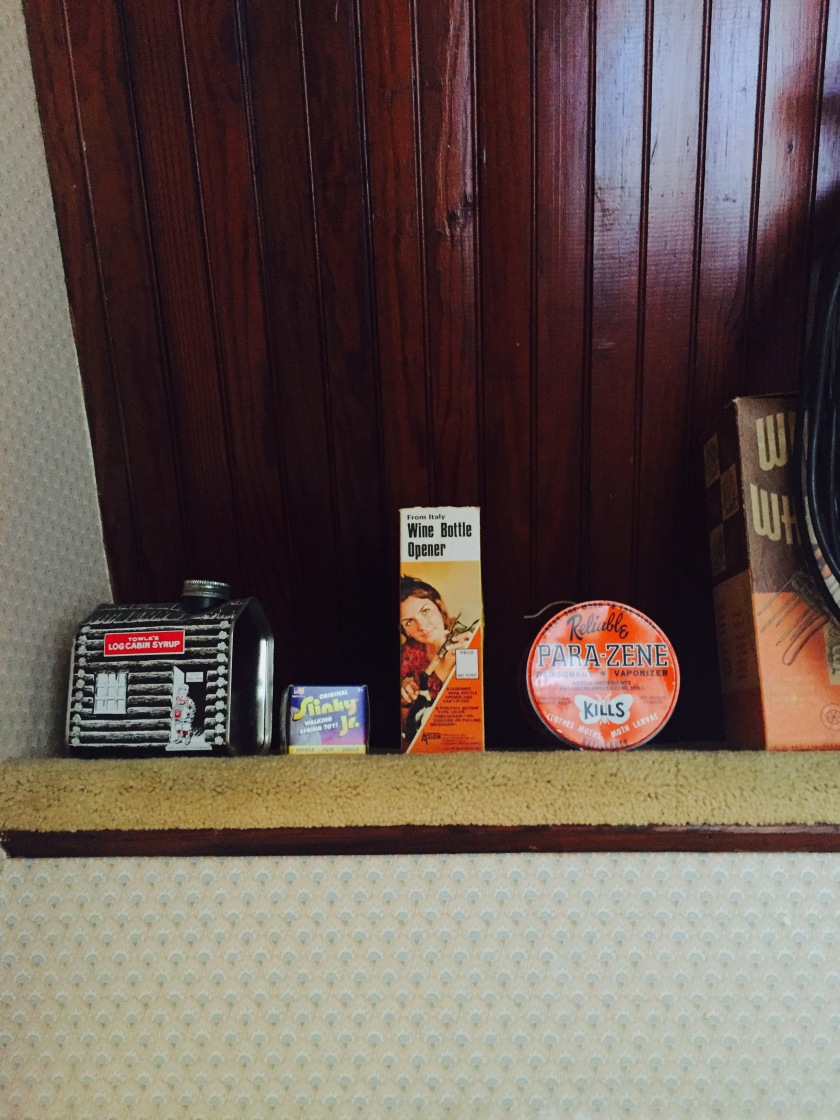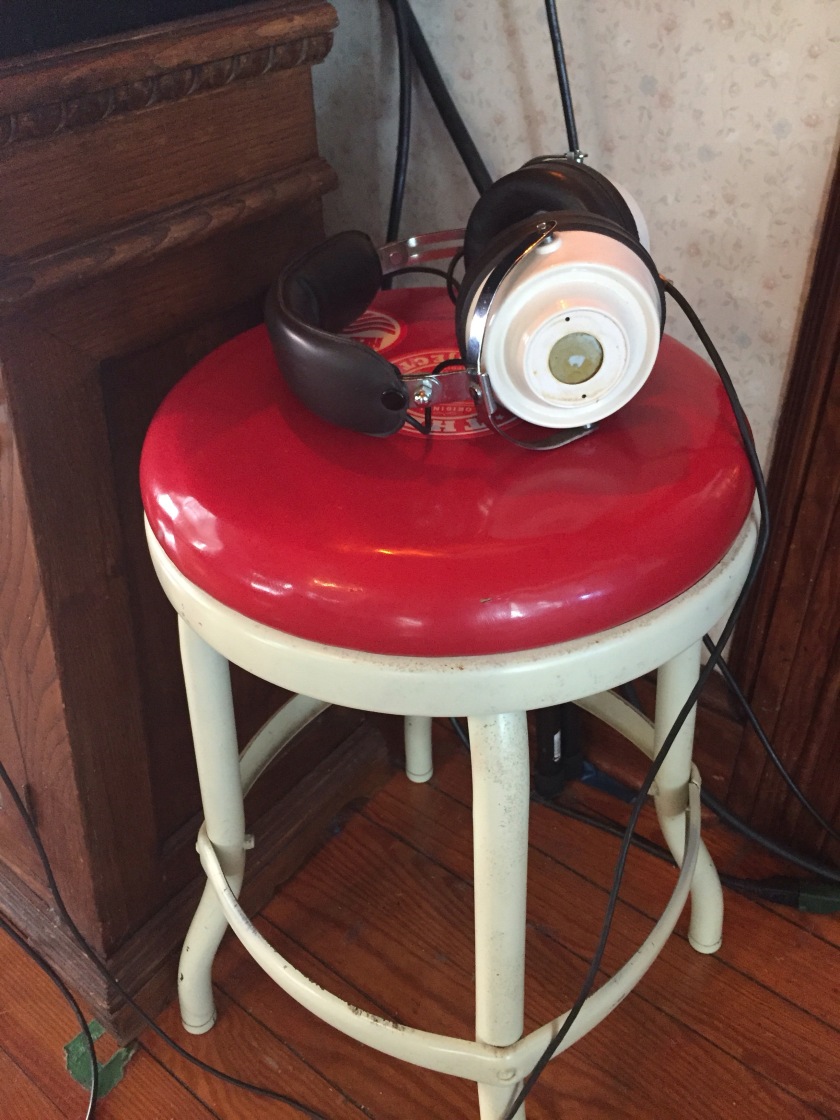
 Today, I had an appointment to go in and lay down some backing vocals on a friend’s recording at the studio and home of Mick Hargreaves, a touted musician in the local scene, and a once-east-ender, now residing slightly west of the hamptons, recording some of the local talent as well as his own music at “the farm”. The Lantern Recording Studio has changed homes a few times, but Mick’s ear has been in charge of completing many great albums by locals such as Bryan Gallo, Butcher’s Blind, and the upcoming album from our first interviewee, Ms. Val Levine. As I was given a tour of this lovely 20th century farmhouse, it occurred to me that I had indeed fallen into an interview I didn’t know I had scheduled!
Today, I had an appointment to go in and lay down some backing vocals on a friend’s recording at the studio and home of Mick Hargreaves, a touted musician in the local scene, and a once-east-ender, now residing slightly west of the hamptons, recording some of the local talent as well as his own music at “the farm”. The Lantern Recording Studio has changed homes a few times, but Mick’s ear has been in charge of completing many great albums by locals such as Bryan Gallo, Butcher’s Blind, and the upcoming album from our first interviewee, Ms. Val Levine. As I was given a tour of this lovely 20th century farmhouse, it occurred to me that I had indeed fallen into an interview I didn’t know I had scheduled!

Pulling into the drive, there are bright red barn-ish structures contrasted by the stark white snow, a look into a time gone-by, a “Norman Rockwell”-esque time warp back to the time of tin canisters, pin ups and Americana, Long Island farm life in full-swing. Each piece of furniture and decor is a special work of art, obviously assembled by hand or luckily found throughout treasure troughs over the years. Mick’s abode is a wonderful song to masculinity of old; a cow boyish charm seems to leak from every crack, but yet celebrates the essential antique femininity of a house with old bones, gorgeous wood detailing and vintage wallpaper at every turn.





Long story short, after hanging and working in this gorgeous house for two hours, I was able to grab a few shots of this beautiful place and Mick was kind enough to give me a bit on insight into the life and style of a local engineer & rock and roller.
H&H: This is a great house you have here, but I see there’s more than one building on the property. So essentially, this whole property is a big farm, yes?
MH: It was a farm, but now they rent out the various residences on the farm. No horses. So there’s guys all around me in mobile homes, and in each place that you see outside.

HH: Wow. So everything I’m seeing here, everything kind of weird or kitschy has been grabbed from an antique store?
MH: Or a yard sale, or an estate sale. Pretty much everything, yes. Even some of the gear. I’ve found mic stands and microphones, ya know.

 HH: Do you have any items that are handed down, or heirlooms at all?
HH: Do you have any items that are handed down, or heirlooms at all?
MH: It’s not all that remarkable but I have a dresser that used to be my uncle’s in the 50’s . But some of the stuff I made, like these driftwood tables, and the soundproofing, and the coffee table in the other room. Driftwood is an indoor material. You would think driftood : ‘outdoors’ but it actually rots out there, so I keep it inside.
It’s been great. When I first got in here, it took a while to figure out. Like, ok, where does the control room go? How does everything fit in? I knew this was going to be the room where we do drums. When we’re tracking a full band, all of these panels are moveable. Guitar amps are sometimes put in these small closets, and the guitar player on headphones can be out here but the amp is sealed off. But everybody is in the same rom. Maybe a guitarist is in the side room with the door slightly closed so they can see.




 HH: Is this the first time you’ve lived in the same space that you’ve also had a recording studio?
HH: Is this the first time you’ve lived in the same space that you’ve also had a recording studio?
MH: To this sprawling degree, yes.

 HH: Was there a separate studio at one point?
HH: Was there a separate studio at one point?
MH: There was a cottage in Amagansett that I was using, where the Butcher’s Blind & Bryan Gallo records were done.
What’s cool is, here, depending on the genre of music, you don’t necessarily need to hide the amps, and then you get that full “house” sound. The house is kind of an instrument unto itself. I mic the stairs for drum sounds sometimes, where I print a track of these sort of ambient “stair”drums, and there’s my reverb drum track in one take.





HH: Where do you get all these old suitcases and trunks?
MH: Mostly Salvation Armani.





HH: What do you think you would call your style?
MH: Vintage Mobile. the walls in this house are plaster, this is not drywall, it is cement plaster, so you can’t drill into it. It behaves differently with sound too. It’s actually better than drywall, the thing is, you can’t drill or modify anything into the walls, so everything in this place can be packed up and rolled out in a few hours.

HH: Do you have a love or hate relationship with the wallpaper?
MH: Vintage wallpaper is f’in nuts. Yeah, I love it.










A big thank you to Mick for being such a great sport and having such an effortlessly impeccable house!
